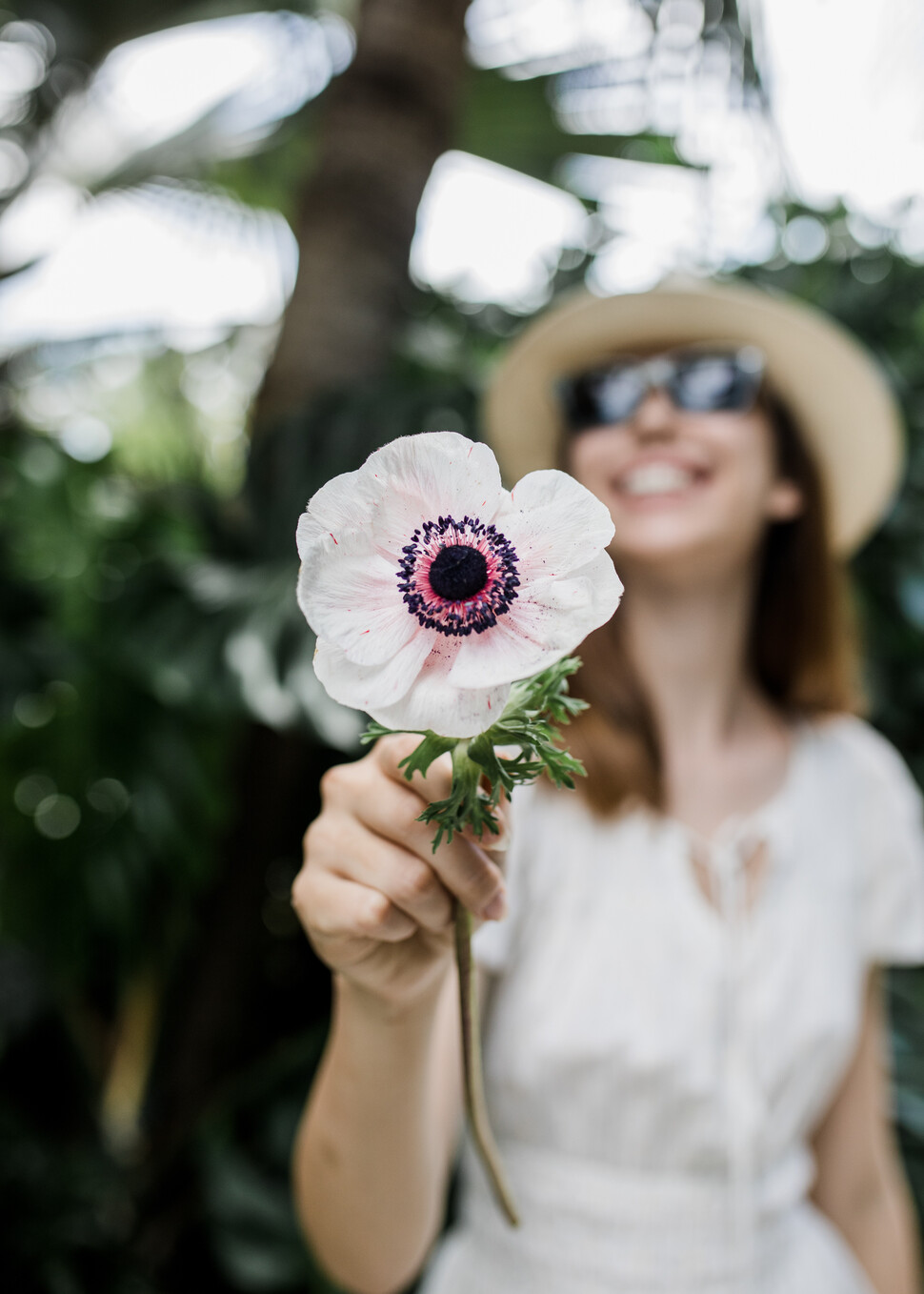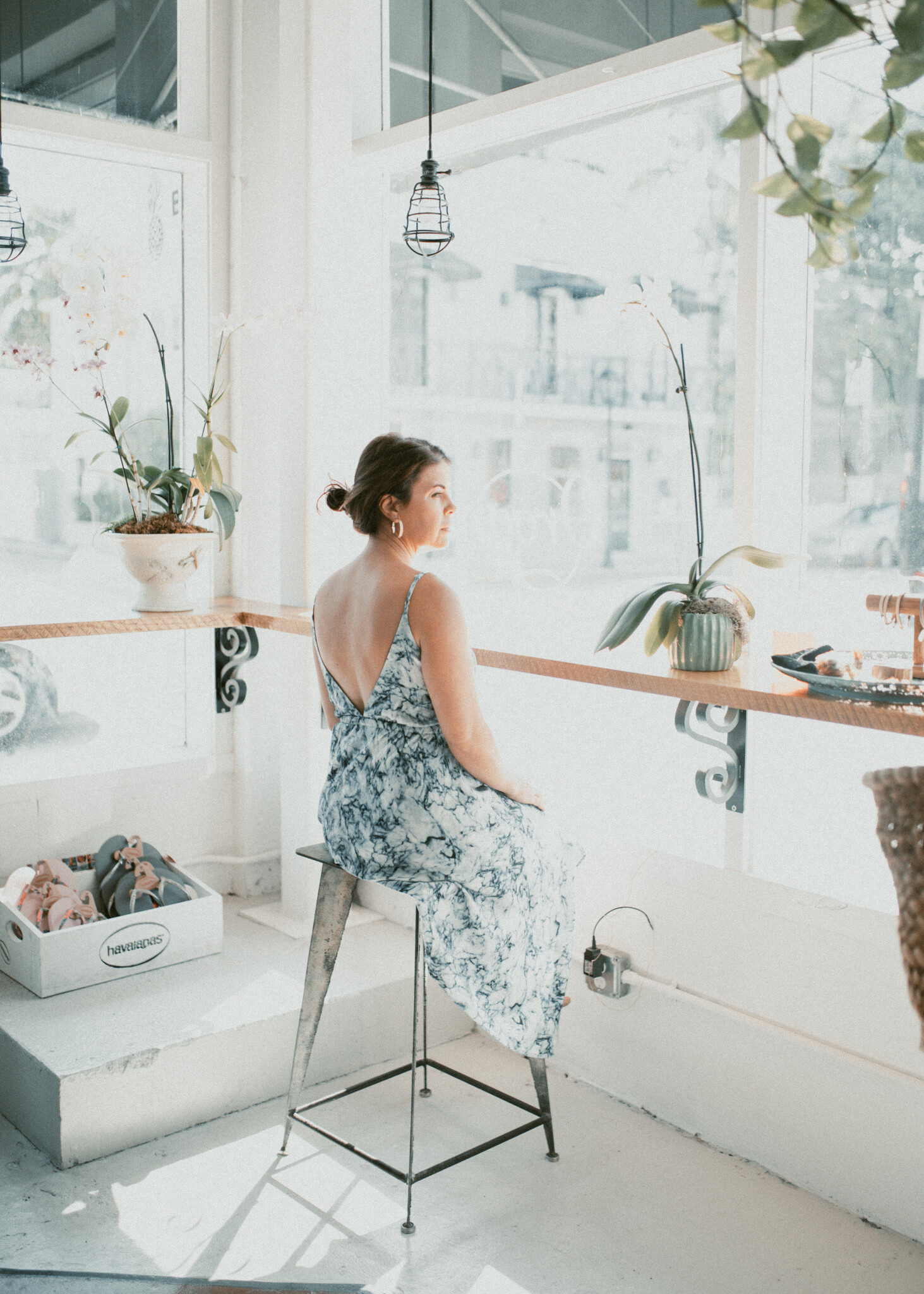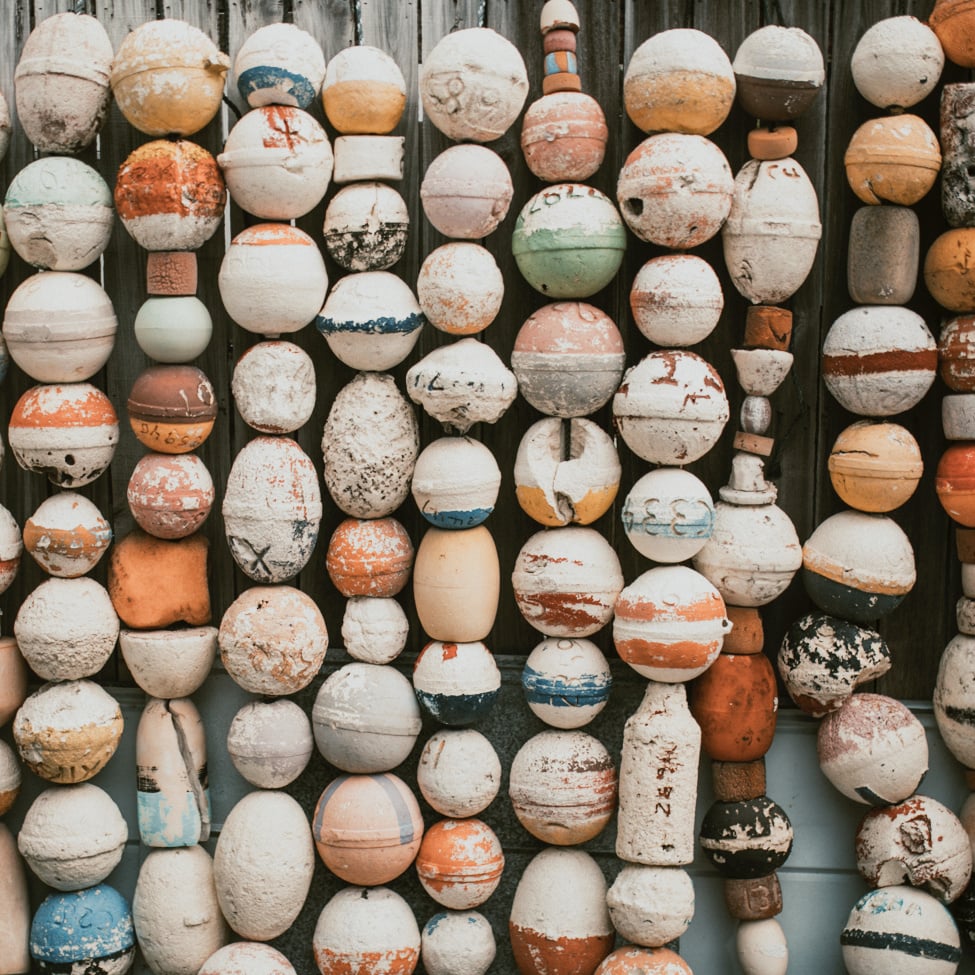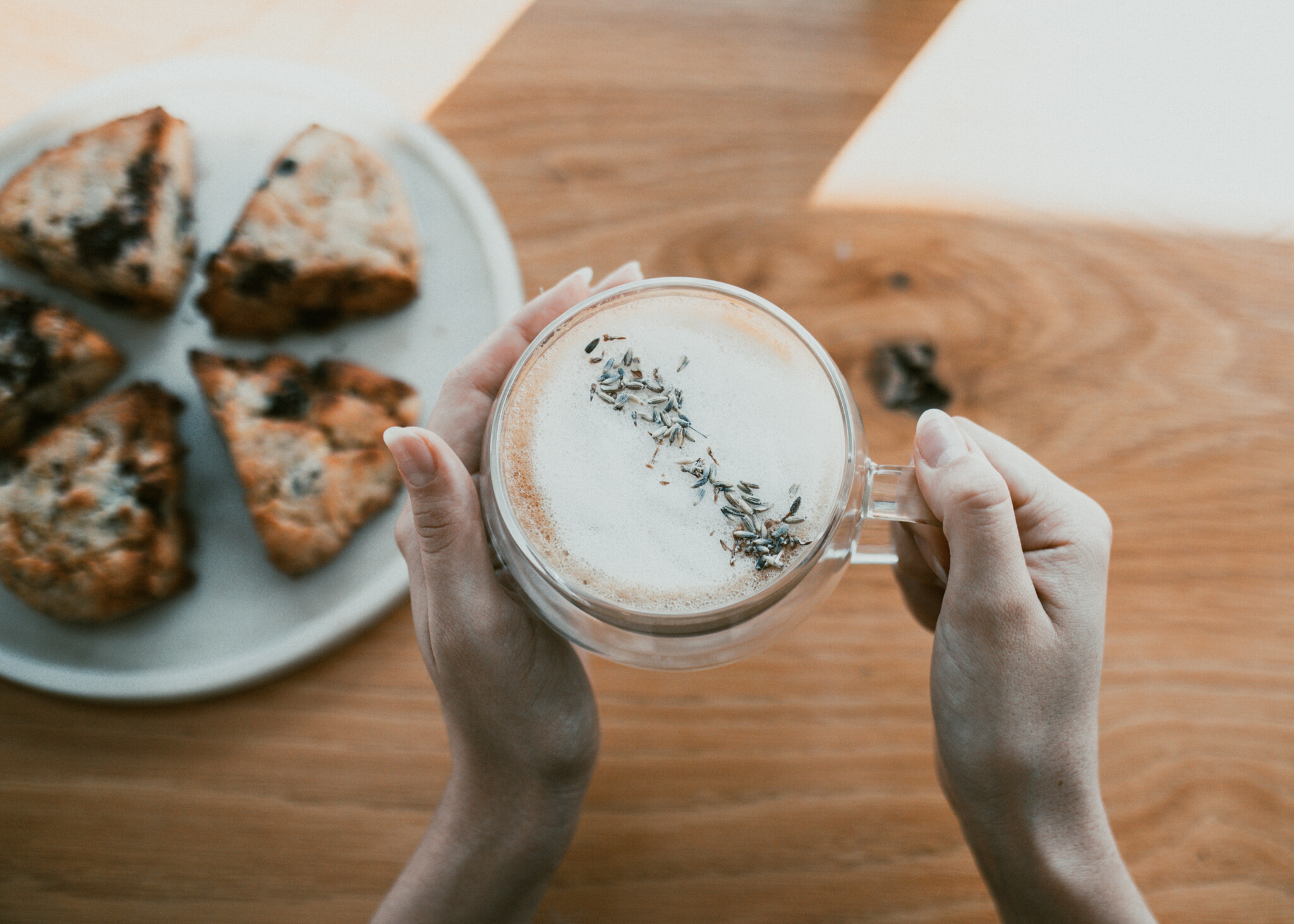May You Walk in Beauty

Rolling hills, deep valleys, and endless fields of wildflowers…
Crashing waves, miles of white sand sprinkled with seashells…
The Milky Way and Northern lights on a moonless starry night…
Freshly fallen snow, dark stormy skies, a rainbow…
Cherry blossoms budding in spring, autumn’s fiery bursts of color…
Rooftop views, vibrant city streets, skyscrapers on the horizon…
Upturned lips, bright sparkling eyes, hair flowing down…
A crisply ironed suit, a white satin gown…
…Surely just the thought of such things conjures up images of beauty and feelings of joy and pleasure.
However because it is true that “beauty is in the eye of the beholder”, each of us will resonate differently and uniquely to the thoughts and sights of these images, along with how we perceive and define them as beautiful.
The general definition of beauty is described as characteristics that please the aesthetic senses, and qualities that are pleasurable to perceive. But the great 18th-century philosopher David Hume reminds us that “beauty is no quality in things themselves, but exists merely in the mind which contemplates them; and each mind perceives a different beauty”.
Because beauty is based on an individual’s personal opinions, preferences, and perceptions, it is completely subjective, and cannot be judged objectively. And because our perceptions can shift, what we define and classify as beautiful can be ever-changing. Therefore, every single thing and experience in our lives has the potential to be considered beautiful!
While our perspective determines how we see things (aka our point of view), our perceptions are how we interpret the world through our senses.
These concepts both stem from our values, beliefs, and past experiences and though they differ, they are interconnected, with each influencing the other.
Both the ways in which we perceive the experiences in our lives, along with our perspectives of them, directly influence our experiences, along with how they impact us. Together they make up the lens through which we see and experience the world, which in turn creates our own unique, individual reality.
Just think of that timeless question, “Is the glass half empty, or half full?” Both our perspective and our perception determine how we answer this question, and that answer has everything to do with how we interpret and define our experiences. But the incredible thing about this phenomenon is that our minds have the power to shift our views, thus creating the possibility to not only change how we feel about our experiences but also how they shape us, which can greatly influence the quality of our lives.
Pause for a moment to consider where in your life you may have experienced shifts in your perception. Maybe you recall a person, an object, or a landscape that changed its appeal to you over time in some way. Then ponder for a moment on how that shift may have influenced the way you felt about it, and the effects that change may have had.
Quite often, looking at things from different angles creates subtle shifts in our perception, which consequently leads to big shifts in our reality.
With this ability, not only can we choose to surround ourselves with what we naturally find beautiful, but we can also choose to transform what we see, even everyday ordinary objects and situations, into beings and experiences of beauty.
Ralph Waldo Emerson suggested we “Never lose an opportunity of seeing anything that is beautiful; for beauty is God’s handwriting—a wayside sacrament. Welcome it in every fair face, in every fair sky, in every fair flower, and thank God for it as a cup of blessing.”
Japanese philosopher Soetsu Yanagi, in his writings “The Beauty of Everyday Things”, also speaks to finding and creating beauty in our objects of everyday use, and within our ordinary routines. His words also suggest that by merely loving and giving care and attention to things, we can transform them into objects of beauty.
The precious qualities of beauty have forever been a major subject of writing among poets and philosophers, yet there are certainly mixed opinions and beliefs around the concepts of beauty, along with its place in our lives.
Some may believe that beauty is an unnecessary luxury, or feel that its emphasis and importance is shallow or vain. However, it has been proven that surrounding yourself with beauty has a host of positive impacts. It is shown to improve mood, stimulate creativity, boost performance, spark inspiration, evoke feelings of peace and joy, and enhance overall well-being. Viewing life through a lens of beauty can evoke a sense of gratitude and appreciation, thus bringing more positivity and optimism into our lives.
Now, though the interpretation of beauty is often perceived through our visual senses, it encompasses far more than just what we see with our eyes…
The rush of cascading waterfalls, a babbling brook, raindrops on a tin roof…
The scent of lilacs, a crisp fall breeze, the warmth of the summer sun…
Children laughing, a classical symphony, poetry…
The birth of a baby, the bonds of relationship, the passing of a life…
A kind gesture, moving words, and sincere acts of love…
A warm coffee on quiet morning as you ease into your day...
…Beauty isn’t merely skin deep, but goes beyond the surface, defying the notion of being superficial. It is sound, it is a feeling, it is a stirring in our souls.
The importance of having beauty of all forms in our lives is regarded very highly in many cultures and traditions.
In the ancient practice of Ayurveda, which focuses on attaining balance and harmony within the physical, spiritual, and emotional bodies, beauty is related to the crown chakra.
The Chakra system is a series of seven energy centers, beginning with the “root” chakra, located at the base of the spine. The energy points then travel upwards along the spine, leading to the “crown” chakra, located at the top of the head. The philosophy of the chakras is that when they are unblocked and flowing freely, our entire being is in balance and harmony with itself, with spirit, and with the outside world.
Ayurveda regards beauty as a reflection of inner health and well-being, and states that there are three main pillars to attaining true beauty:
“Roopam” refers to visible, or external aspects of physical beauty, such as a clear complexion and a radiant glow, resulting from proper nutrition, digestion, and breathing, and signifies good overall health.
“Gunam” refers to one’s inner beauty, which radiates outward, and comes from having a clear, calm, and innocent heart and mind, and a healthy mental state. This form of beauty is often referred to as someone having a beautiful soul.
“Vayastyag” is known as everlasting beauty, which refers to the youthful and vibrant energy of both mind and body, regardless of one’s chronological age.
According to the Ayurvedic principles, proper nourishment of the mind and body, through adequate nutrition, physical movement, sleep, and spiritual practices, will help to achieve and maintain balance and harmony, creating a radiation and sense of natural beauty.
The Native American Navajo tribe holds the concept of beauty in such high respect that it is considered a way of life. In the Navajo language, Diné Bizaad, the word ”hózhǫ́” refers to this way of life, and roughly translates in English as “to walk in beauty”, or “the beauty way”.
Hózhǫ́ emphasizes living in a state of balance and harmony, and the crucial importance of being at one with and a part of the world around you. It is a spiritual path that encompasses all of nature, and being in alignment and conscious relationship with all living things, and with the natural ways of life and mother earth.
For the Navajo people, it is believed that being in harmony and balance means connecting with and adapting one's energy to the way of things, rather than trying to change circumstances to fit one’s needs or desires. It is an energy that cultivates connection, gratitude, and acceptance for the way things are. It is said that the Navajo do not pray for external needs to be met, but rather, they pray for the ability to shift and adapt, and to thrive in harmony with life and with nature’s uncontrollable and external conditions.
This sacred, traditional Navajo prayer captures the essence of hózhǫ́ within their native culture:
“In beauty, I walk…
With beauty before me, I walk…
With beauty behind me, I walk…
With beauty above me, I walk…
With beauty around me, I walk…
It has become beauty again…”
The beauty way is an internal state of being, which strives to restore, maintain, and celebrate hózhǫ́ within everything.
The beliefs and themes of beauty throughout sacred cultures and traditions, and philosophical and spiritual texts all speak to the divine energy that lives both inside of us as human beings, and also naturally within all of creation. It is an essence that has the power to ignite the spark of life within ourselves and to connect us to the spark of life outside of ourselves. It is ever elusive, yet always attainable, whether through conscious creation, or a slight shift in our perspective.
And how amazing it is that we have the power of choice to view the world through a lens that sees and seeks out beauty, creating a greater sense of pleasure and connection in our experiences, and more balance, harmony, and joy in our lives!
Here we invite you to again pause for a moment. Perhaps this time closing your eyes, and simply breathing deeply, try to connect to that peaceful place within where your true and natural beauty resides. And then, upon opening your eyes, welcoming possible shifts in your perception, simply notice, take in, and connect with all of the beauty that surrounds you.
Be it snow-covered mountain peaks hazy in the distance…
Sunrise over the ocean, the full moon glowing at dusk…
A vase of red roses, an untamed forest, a perfectly manicured hedge…
Smoothly sculpted stone, painted canvas, a lyrical poem…
Wind thru the trees, fledglings taking flight…
Solitude, silence, or tears of grief and joy…
…beauty is all around us.
Here at The Green Pineapple, we cherish and believe in the incredible value of creating a beautiful life, and have deemed “Beauty” as one of our core values. With this, “we pursue the mystery that awakens the soul, pleases the mind, and makes us come alive. Every day, we celebrate beauty in all forms.”
Stop in to our Wellness Cafe and Key West boutiques to celebrate beauty with us in one of these countless ways.
May you forever walk in beauty…







